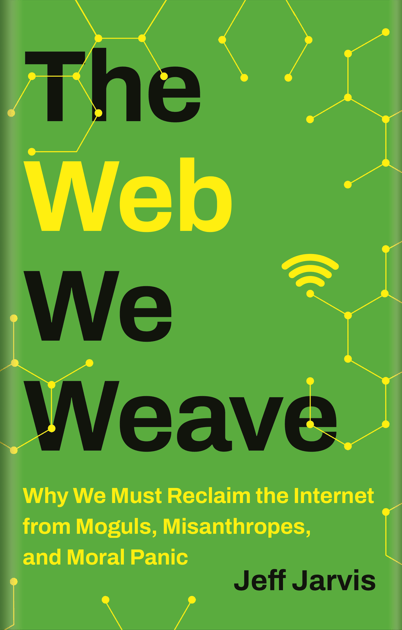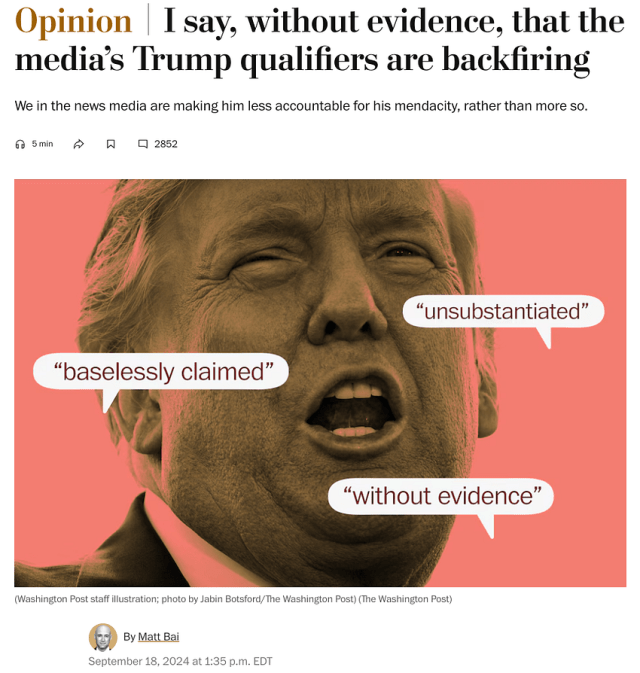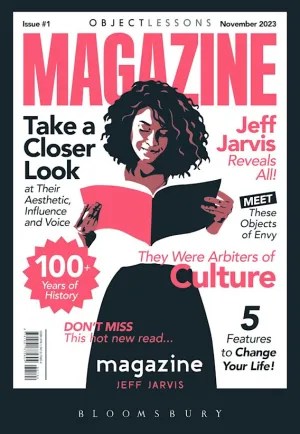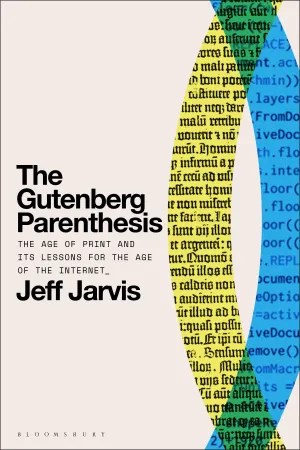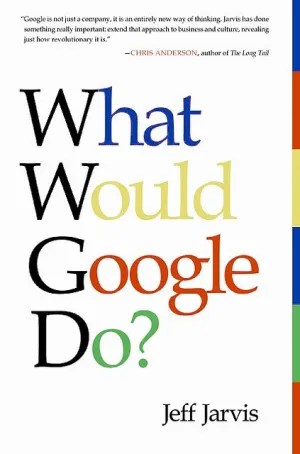
Every current and common explanation for the reelection of Donald Trump — whether inflation or immigration, culture wars or campaign tactics, blaming Harris or Biden or the party — elides its true and root cause: racism.
The United States is a deeply, fundamentally racist nation and unless and until we in white America admit and address that, our endless Civil War will never find peace.
It should be the role of institutional journalism to educate us in this most uncomfortable truth, but it will not, because that is too difficult, controversial, risky, and unprofitable. And first, our media would have to recognize their own role in propagating the myth of American innocence.
But do not listen to me.
Hear Eddie Glaude Jr., who at every on-air opportunity over years instructs white America to face its soul, to recognize that “this is not simply economic populism. This is the ugly underbelly of the country…. This is us. And if we’re going to get past this, we can’t blame it on him.” On Trump. “He’s a manifestation of the ugliness that’s in us.”
Listen to Sherrilyn Ifill’s message now for white America and media:
You are choosing to frame this moment in a way that deflects from the root of the issue. And your role in it…. It is a stunningly reckless & irresponsible step by white voters in this country. THAT’s the story. Not Biden. Not Harris’ campaign (which was excellent). Not Black men. Media, have the guts to follow the story.
Read Elie Mystal’s indictment of us:
We had a chance to create a better world for not just ourselves but our sisters and brothers in at least some of the communities most vulnerable to unchecked white rule, but we did not…. Instead, we chose Trump, JD Vance, and a few white South African billionaires who know a thing or two about instituting apartheid.
See reporting on the horrid threats targeting Black youth in the hours after Trump’s triumph. And see this welcome moment of blunt analysis of racism by The New York Times:
It affirmed the worst of what many Black women believed about their country: that it would rather choose a man who was convicted of 34 felonies, has spewed lies and falsehoods, disparaged women and people of color, and pledged to use the powers of the federal government to punish his political opponents than send a woman of color to the White House.
Or read instead the triumphal Wall Street Journal, Murdoch’s party organ, declaring that diversity, equity, and inclusion are not moral aspirations in society’s self-interest but rather “destructive progressive dogma.” And then simply recall all the horrid and hateful bile openly spewed in Trump’s and Vance’s campaign. They do not hide the racism. They preach it. They proselytize it. Media amplify it.
For Kamala Harris, of course, the sword of equity and justice denied is sharp on two edges: racism and sexism. Misogynoir. She ran a flawless campaign at at impossible moment. The fault is not hers. It is ours: the 10 million who did not show up this time to vote for democracy, the so-called aspirational whites who thought their votes could immunize themselves from MAGA’s bigotry, the white media that failed to raise alarms.
It’s the racism, stupid.
I am ashamed to say how long it has taken me to begin to recognize the extent of the racism in my land and life. My grandparents were bigots, acknowledged and not addressed. I am proud of my parents for breaking free of that upbringing as best they could. They raised me to believe in what I now understand as the myth of the American melting pot: that all would be harmonious once everyone would seem like us — though, of course, we in the white majority would welcome no one else to share our privilege. My generation of white, liberal America was taught we should be blind to color, rather than appreciative of it.
Some years ago, I was involved with an organization that had a considerable problem with racism, and so a trainer was hired to try to get the board, of which I was a member, to see the errors of its ways, which had been revealed most starkly when one member employed that most racist of tropes: race v. excellence.
I remember the trainer instructing us to reflect on our own cultures. I demurred, saying I had none, as my roots were boring and common, raised in a suburban sitcom family minus the punch lines: Miracle Whip on Wonder Bread. Then I heard myself. I had been challenged to recognize the dominance of my culture, how blind I had been to people of every other culture code-switching to make me comfortable, abandoning their identities to seek a place in the echelon of society that still would deny them. That is my whiteness. That is why Professor Glaude urges white Americans to finally “embrace a history that might set them free from being white.”
This is why it is so horribly wrong to hear the likes of Chris Matthews smugly declare on Morning Joe that identity politics is dead because identity politics are to blame for Harris’ loss. Can he not hear himself? The election of Trump is the product of identity politics: white identity politics, dismissing, disdaining, and threatening people of every other identity.
I have spent my last decade studying the history of mass media and the idea of the mass as a means of depriving the majority of people of their identities. In my research, I have read and learned from scholars including Drs. Glaude; André Brock Jr. from his book, Distributed Blackness; Charlton McIlwain from his, Black Software; and Meredith Clark from her scholarship on Black Twitter. Their work helped me frame my theory about the internet’s role in our current upheaval.
No, I am not going to blame the internet for an ill-informed public; responsibility for that failing must land first at the door of news media. Instead, I credit the internet with at last providing a place at the table of public discourse for those too long ignored and excluded by so-called “mainstream” (that is to say, white) mass media. Those who controlled discourse in media and politics resent this intrusion on their monopoly of power, privilege, and attention.
Thus, as I’ve theorized here and in my books, what Martin Luther was to the technology of print, #BlackLivesMatter may be to the technology of the internet: a racial Reformation, with the election of Trump as counter Reformation. The question before us is whether we, too, will now enter our Thirty Years’ War — or continue our Civil War — or find some way to end it.
Black America — Black voters — once again did their best to save the nation, but they cannot raise us up when we in white America block the road to the mountaintop. They cannot rescue us from ourselves and cannot be expected to continue trying.
The only way we will ever escape this cycle of fear, hate, and exploitation is through education. Schools are our salvation; the data make that clear.

So it is no surprise that American fascism attacks the institution of education to abort the Enlightenment of future generations. One of the most sobering realizations of this election is how we are raising a next generation of isolated, angry, uneducated white boys glibly and offensively branded the “manosphere.”
Failing education, our other recourse with adults should be our media, both entertainment and news. But Hollywood is less a leader and more an exploiter of culture, afraid to be woke, to offend and lose customers as it still chases the dead idea of the mass.
And journalism? Its mission should be to confront the powerful — by that, I do not mean just politicians and moguls but all of white America — with the most discomfiting of truths about our shared racism. Yet newsrooms still exclude those who could report and edit that story — so much so that the newspaper industry has given up even counting people of color inside. White media cannot get to the starting line of acknowledging how white media are.
I have no suggestions other than to listen to, learn from, amplify, and respect those who know better because of how they experience our nation.
Do not listen to me. I am merely a student.
Do not listen to the pundits who resort to their favorite, pat explanations: It’s the economy, stupid. No, stupid, it’s nothing so simple. And by the way, we have not begun to imagine economic anxiety until we see the effects of Trump’s tariffs, mass deportation, destroyed social net, inflation, debt, and mogul welfare to protect those at the top and none below.
Do not listen, either, to the pollsters who are so chronically wrong, who subvert public discourse and paper over nuance with their own easy answers, prefabricated for the public. When people are asked whether they’re upset over high prices, you know they’re going to say they are. They’re not going to say they are fearful of Black people with accents moving into their towns, for racism is not one of the choices they’re given. Polls do not present the truth of the nation; they attempt to veil it.
Do not listen to the commentators who want to blame Biden for not leaving sooner or blame Harris for not distancing herself from him or blame them both for not fulfilling the promises Republicans blocked.
Listen instead to Professor Glaude, who as I wrote this said from his lectern of the air: “It’s not about what Kamala Harris didn’t do. It’s about who we are.”
Then listen once more to Professor Ifill:
The fact that the leading opinion columnists in this country have chosen to frame the question of the moment in terms of a wellness check on “the Democrats” rather than on the country speaks to inadequacy the punditry has demonstrated. This election was a referendum on AMERICA — not on the Democrats. On our national identity and values. On the fitness of this country for global, moral, economic, scientific, and ideological leadership. Where does this leave America? THAT is the question.


